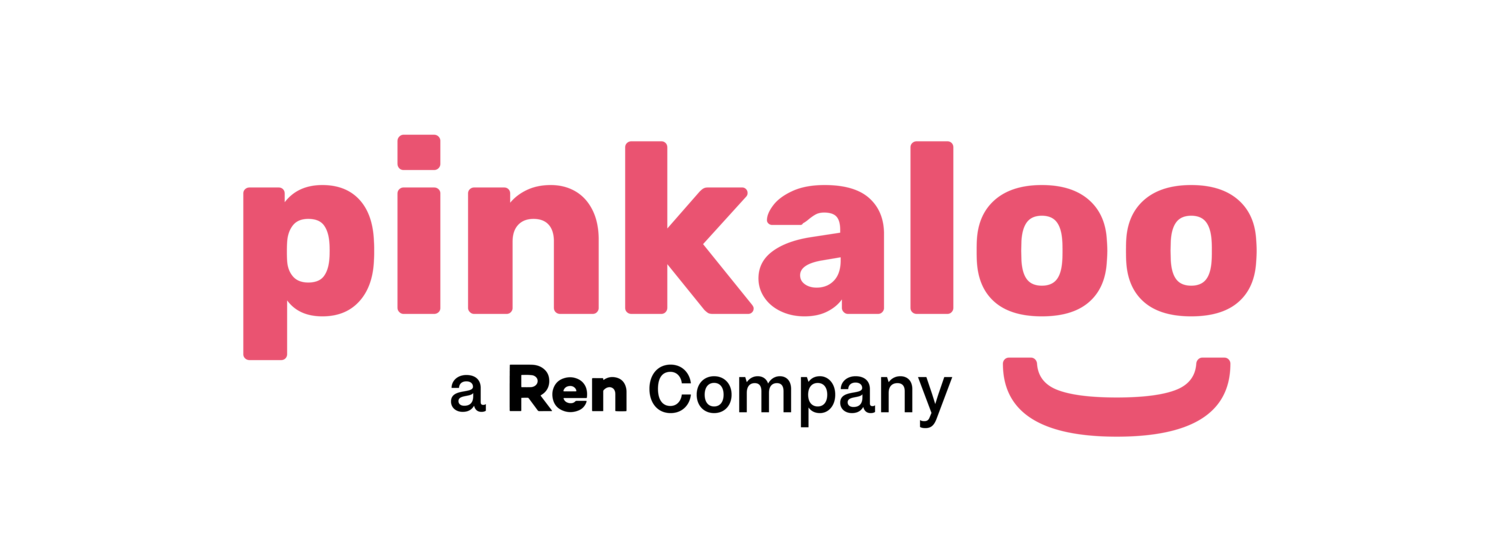Since March 2017, Facebook has offered a set of tools for personal fundraising. Similar to GoFundMe, these tools enable anyone to raise funds for their own use, or behalf of a charity. One common use case that we are increasingly seeing is using these tools to raise funds for a charity on the user’s birthday, which is a terrific way to leverage all of those 'Happy Birthday Posts' from your 7th-grade bestie to drive some good! Additionally, charities can use the tools to create and operate their own fundraisers right on Facebook.
While there’s no denying that Facebook is a behemoth whose users can have a significant, positive impact on charitable giving with these tools, I believe its approach leaves a lot to be desired and doesn’t necessarily serve its users or charitable organizations as well as it could be. Here’s why:
Where’s the relationship?
It’s great that Facebook is providing a channel for individuals to share the projects and nonprofits they’re passionate about. Don’t get us wrong: allowing people to promote the causes they believe in is fantastic. Pinkaloo is partially built around the concept that the more people can share what they believe in and who they're supporting, the more likely they’ll get others involved and maximize their impact.
But there’s another side of that, from both the nonprofit’s and the donor’s perspective. And that’s about creating and sustaining a relationship between the two. For example, it’s not clear that Facebook allows charitable giving recipients to solidify a relationship with one-off donors who click on a donate button in their friends’ posts. It’s great when someone donates to a cause they care about, it’s not nearly as powerful or meaningful when the organization can’t develop a long-term relationship with them.
Our research shows that donors want to understand the impact of their donation. They want to know that their money helped someone get a much-needed meal, or support a youngster going to summer camp, or a hurricane victim to rebuild. If charities can’t capture donor information and build that into their CRM, they likely won’t be able to communicate the impact. And without that, the donor may never understand the results of their contributions.
In other words, creating one-off, quick donations does little to help build a relationship across donors and charities.
The one-off gift is ineffective in the long-term in helping charities continue to reach their fundraising goals.
If you work in development at a nonprofit, you probably know the amazing feeling when you pass your fundraising goals. And you also probably know the crashing feeling when the next round of fundraising is less successful. Donors ghost you, they’re burnt out, your campaigns aren’t reaching enough new people, etc. Whatever the reason is for the fundraising dips that often accompany fundraising peaks, it’s clear that receiving one-off gifts isn’t a sustainable way to support mission growth.
First, that reinforces the need to build a long-term, ongoing relationship discussed in the previous point. A second way to address this, though, is to enable recurring and ongoing with your donors and why planned giving is an essential tool for nonprofits and foundations. This concept was a huge motivating factor in how and why we built our Modern Giving Accounts the way we did. This way, donors can build up their charitable giving funds and distribute those funds throughout the year, which can help sustain charities over the long term and have a stronger impact on nonprofits in the long run.
Facebook is expensive
Facebook can charge as much as 6.9 percent plus $.30 per transaction on donations, depending on how the campaign is set up and who processes it. As far as fundraising goes, that’s a large percentage and much higher than most credit card processors and other platforms charge (for example, when a user gets a Pinkaloo account through their employer, there are no fees; 100% of their donation goes to the charities they support). I don’t fault Facebook for wanting to make money, and it’s possible nonprofits will see a bump in the number of donations to make up for it. But for individual donors, those extra costs add up and take a real bite out of their impact.
Visibility on Facebook is always the key to success
If you’ve spent any time in fundraising, development, social media or marketing, you know that Facebook uses an algorithm to decide what shows up on people’s timelines. Over the years, they have increasingly limited the degree to which posts from business and organization pages show up in users’ feeds.
The question will remain how the algorithm will treat donation pages, either created by individuals or nonprofits. It’s possible, in fact, that it actually hurt nonprofits who use Facebook as a fundraising tool, because in addition to the high fees, the nonprofit may also have to pour money into ads to gain visibility in prospective donor’s feeds. Of course, many organizations are already buying ads to elevate their programs’ visibility, but coupled with the processing fees, it seems like Facebook is hitting organizations with a double whammy.
Have you tried Facebook’s fundraising tools, either as an individual or an organization? We’d love to hear from you! Leave your experiences in the comments below.
And if you’re interested in learning more about our Modern Giving Accounts, contact us for a demo!

